Fifty years ago, the Gene Wilder-led Young Frankenstein defined the hallmarks of the modern legacy sequel. In modern film, there have plenty of legacy sequels that expand on previous film universes by introducing new generations of heroes. Beyond direct sequels like Candyman and Top Gun: Maverick, franchises like Star Wars, Indiana Jones, Ghostbusters, Scream, and Halloween have used the concept to set up new characters — often with direct ties to previous heroes and villains.
While this concept has become more popular in the 21st century, there are examples of it occurring in previous decades of film. Legacy sequels like Psycho II and Texas Chainsaw Massacre 2 codified how to bring back previous characters to terrorize new generations of characters, but Gene Wilder’s turn as the heir to the Frankenstein legacy predates both of those films by almost a decade. In fact, Young Frankenstein has many of the hallmarks of the modern legacy sequel movie, but has one important element that elevates it beyond all the others.
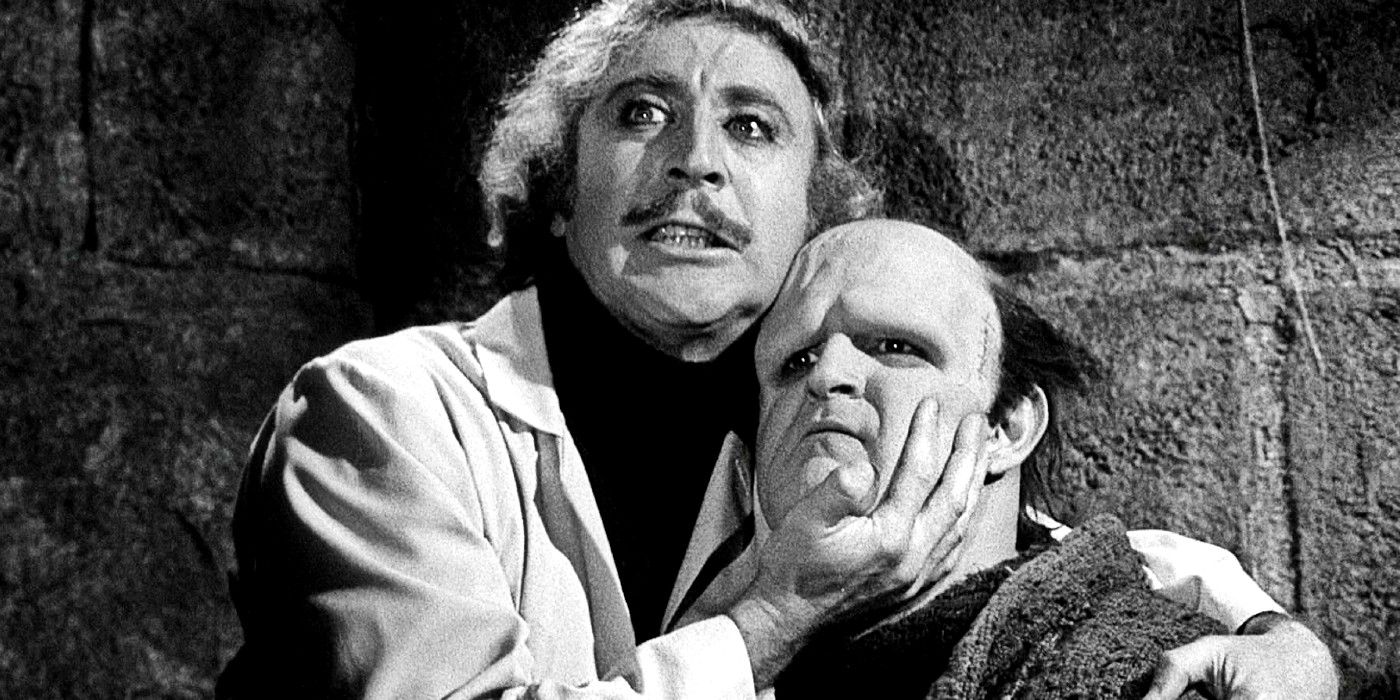
Related
Why Young Frankenstein Is in Black & White (& Why It’s Brilliant)
Young Frankenstein ranks amongst Mel Brooks’ most brilliant work, but its black and white aesthetic is unusual for a 1974 film. Here’s why that is.
How Young Frankenstein Defined The Legacy Sequel
Young Frankenstein Honors The Original Frankenstein In Several Big Ways
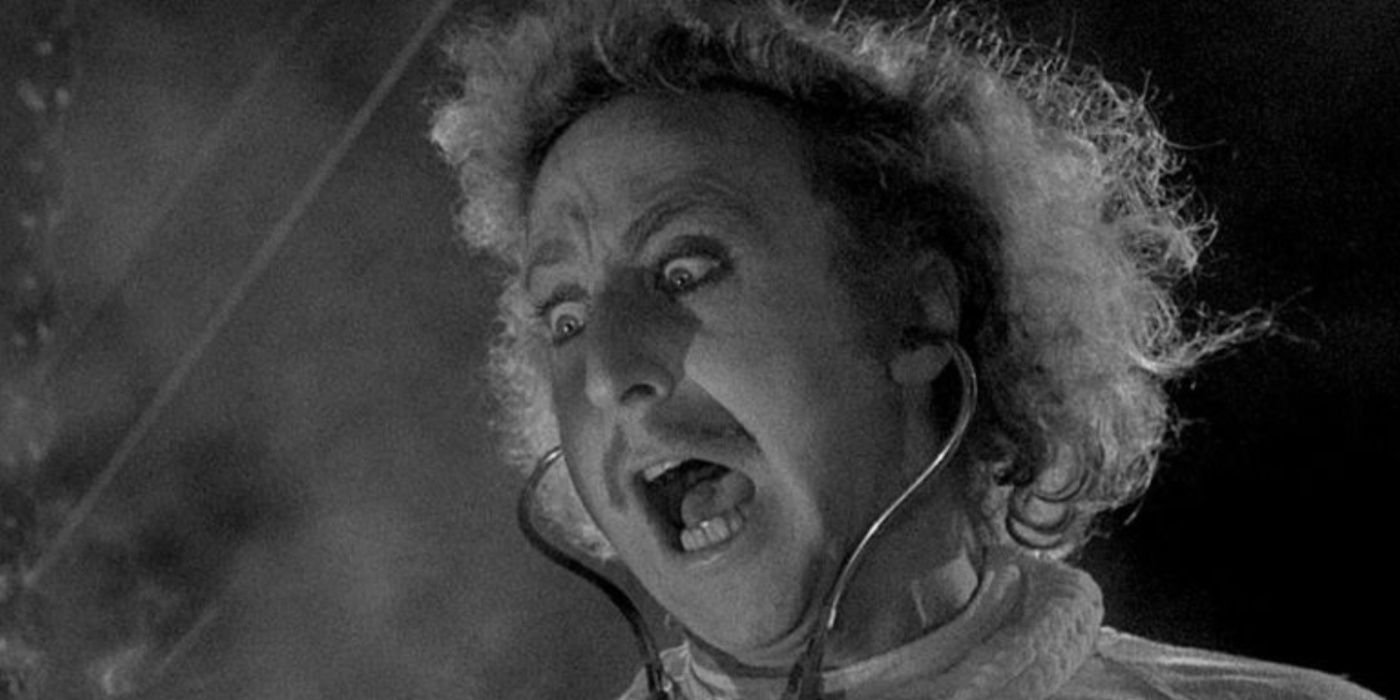
Mel Brooks’ Young Frankenstein may be one of the earliest examples of the Legacy Sequel as a concept in film, and had a crucial strength that other similar movies should try to replicate. Released in 1974, Young Frankenstein is regarded as one of the best film parodies of all time, with a loving and hilarious parody of the classic Universal Monster Movies that still feels authentic to the original. Gene Wilder plays Frederick Frankenstein, the grandson of the infamous Doctor Frankenstein. Mel Brooks made the film less as a parody of Frankenstein, and more a comedic take on the concept.
Young Frankenstein shares many of the hallmarks that have come to define the legacy sequel as a concept. It focuses on a descendant of an established character, a connection Young Frankenstein makes overt when it returns to the setting of the original Frankenstein. It plays audio from the original movie to reinforce that connection, and features several visual references to past movies. It plays with iconic sequences from older films, putting a new spin on established dynamics between Frankenstein’s new Monster and the people he encounters. In many ways, Young Frankenstein feels like a precursor to the modern legacy sequel.
Was Young Frankenstein The First Legacy Sequel?
Young Frankenstein Was Released Decades Before Legacy Sequels Became The Norm
There’s a case to be made that Young Frankenstein was the first legacy sequel in Hollywood. While there had been plenty of direct sequels and long-running franchises, few carried the hallmarks of what is considered a modern legacy sequel. 1986’s The Color of Money was a good early example of that concept, bringing back Paul Newman’s character from The Hustler while introducing a successor with Tom Cruise’s Vincent. Other early examples of the concept include 1984’s Psycho II, 1985’s Return to Oz and 1998’s Halloween H20: 20 Years Later, which brought back Jamie Lee Curtis’ Laurie.
Young Frankenstein predates all those films, however, and follows the kind of arc that can be seen in many modern legacy films. There’s a reverence for the prior films that still makes room for subversion and exploration. The younger versions of the older archetypes bring a unique energy to the story that still feels connected to the original. This allows Young Frankenstein to work as a continuation of the original franchise, while still feeling like a stand-alone story. Notably, this legacy sequel does something that many others fail to achieve.
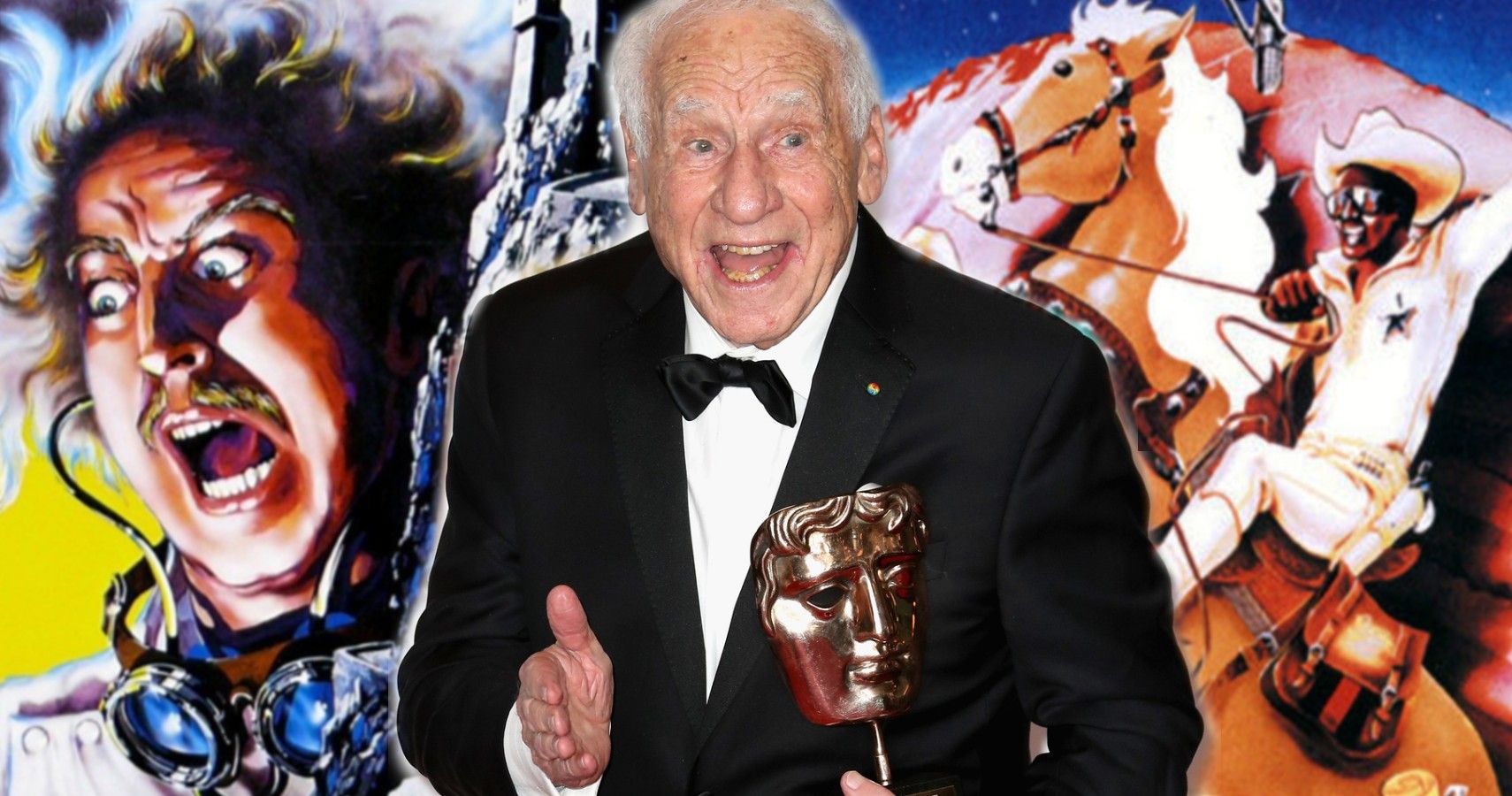
Related
Why Blazing Saddles Is Mel Brooks’ Best Spoof (& Why Young Frankenstein Is Second)
Mel Brooks is known for making amazing parodies, with Blazing Saddles and Young Frankenstein often regarded as his best.
Why More Legacy Sequels Need To Be Like Young Frankenstein
Young Frankenstein Embraced A Unique Tone And Stands Out From The Films That Inspired It
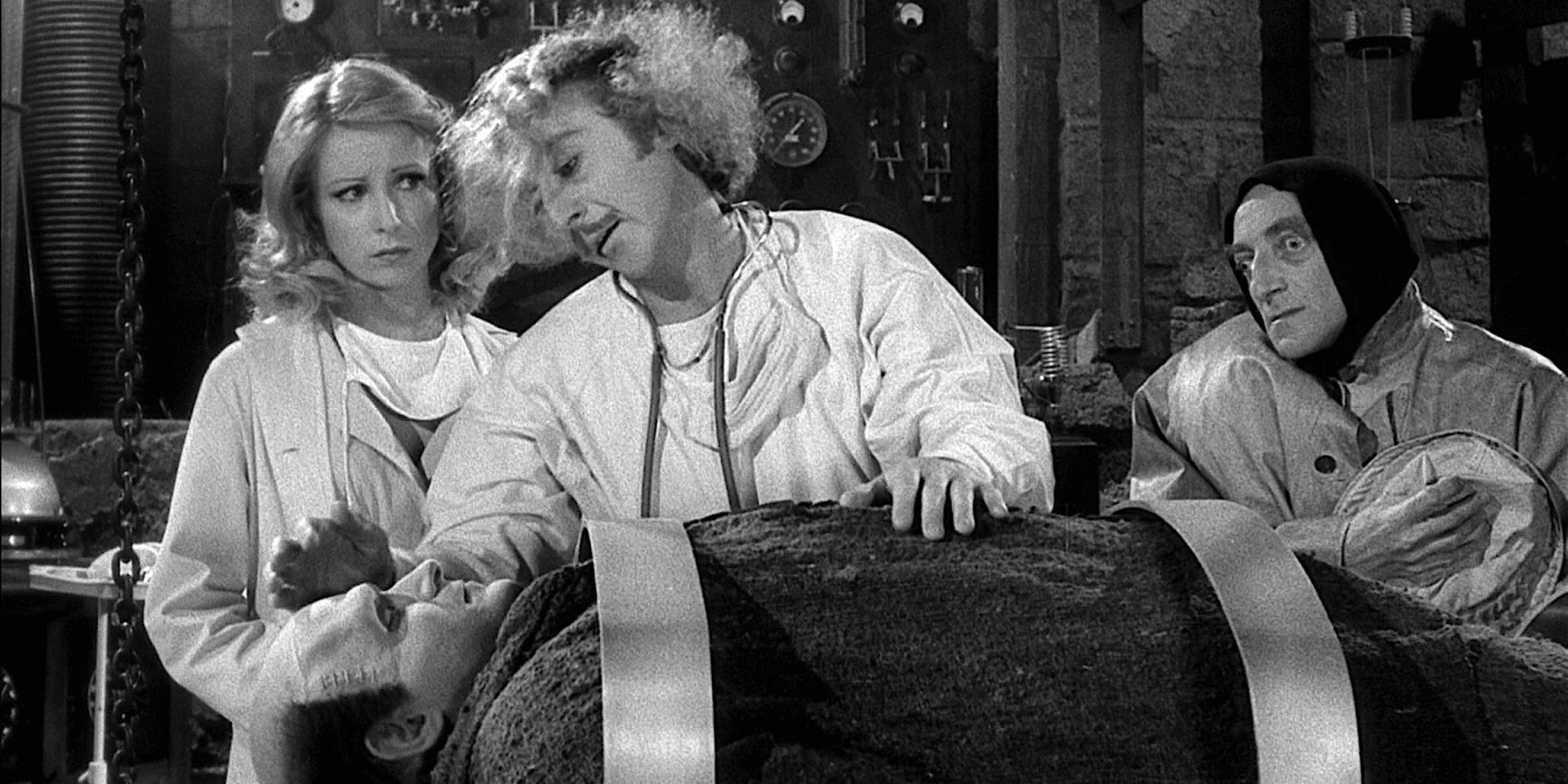
Young Frankenstein is a loving homage to previous Universal monster movies, while still feeling unique to them. By embracing a comedic approach to the concept, the movie doesn’t just feel like a retread even as it touches on many of the same story beats as the original Frankenstein. It feels inspired by Frankenstein and directly connected to it, but stands alone as a separate story. A common criticism of legacy sequels in modern cinema is that they ultimately result in diminishing returns. By repeating the same ideas but with a new cast, they invite direct comparisons to the previous films.
More legacy sequels should be like Young Frankenstein and embrace a different style or tone to their predecessors. This doesn’t mean they all need to be comedies, just that they’re willing to experiment with the concept. A willingness to be a different kind of movie within the framework of previous creations would give the filmmakers freedom to tell their own story, while still connecting it to a recognizable and popular concept. Young Frankenstein might be one of the earliest versions of a cinematic legacy sequel, but its willingness to be different means it remains one of the best.
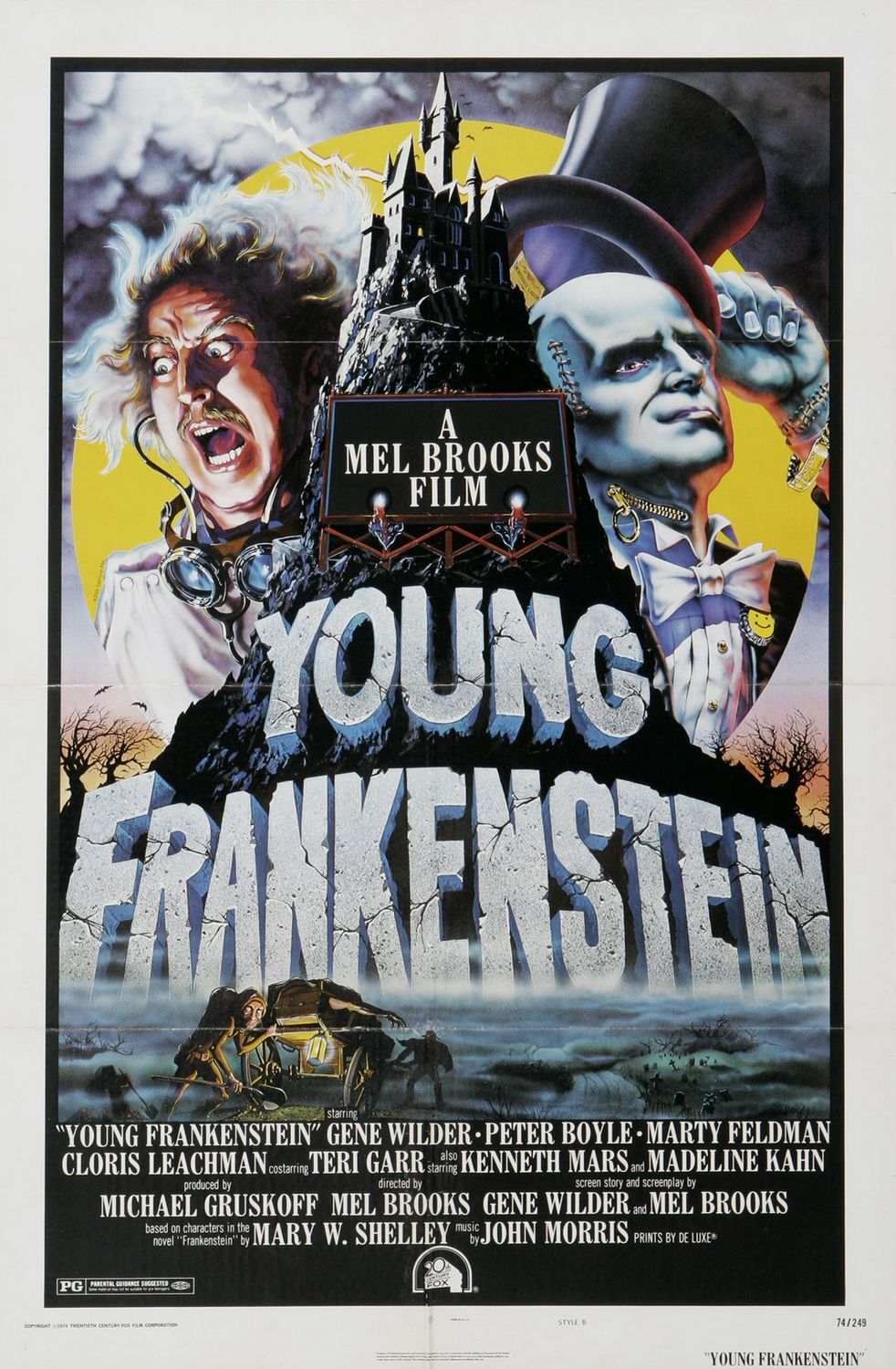
Young Frankenstein
Directed by Mel Brooks, Young Frankenstein is a comedy that parodies Mary Shelley’s classic horror novel with Gene Wilder in the role of the infamous mad scientist’s grandson. Marty Feldman portrays Igor, Teri Garr plays Inga, Cloris Leachman plays the scary housekeeper Frau Blücher, and Peter Boyle gives life to the Monster.
- Director
-
Mel Brooks
- Release Date
-
December 15, 1974
- Writers
-
gene wilder
, Mel Brooks - Cast
-
Marty Feldman
, Cloris Leachman
, Madeline Kahn
, Peter Boyle
, gene wilder
See at Amazon




